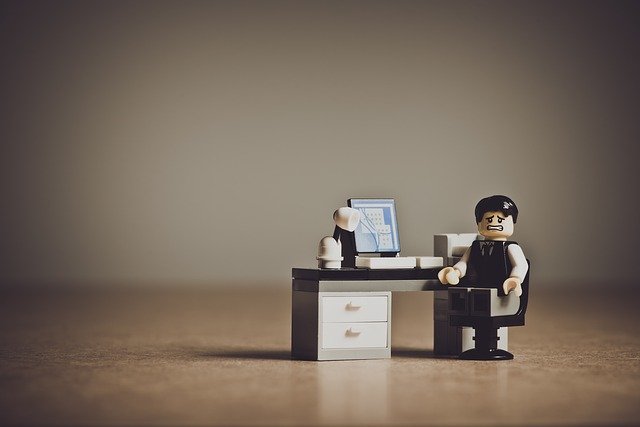 It seems like we all have our groove going on remote working. We have technology, communications, metrics and reports and a work routine, and then we hear: return to the office. What does this mean for how we work, for the overall employment picture and the economy? What about childcare, or the continued need to homeschool child(ren), cook meals, run to the store when we hear they have toilet paper, and disinfect constantly? How is this all going to happen?
It seems like we all have our groove going on remote working. We have technology, communications, metrics and reports and a work routine, and then we hear: return to the office. What does this mean for how we work, for the overall employment picture and the economy? What about childcare, or the continued need to homeschool child(ren), cook meals, run to the store when we hear they have toilet paper, and disinfect constantly? How is this all going to happen?
I am sure we are all asking ourselves these questions as we hear, read and watch about the “reopening” of the economy. It would be impossible to tackle all considerations here, but I thought I could expand on considerations to ponder for the eventual return to office (RTO).
Fear/concern. We all need to acknowledge that the fear and concern an employee feels is real. They may have been sheltering in place and had not ventured out. They may have family members at risk for Covid-19. They may also have been exposed to a person positive with Covid-19. Or they fear the what ifs — if someone in the office becomes sick, if they become sick?
Employers have a responsibility under the Occupational Safety and Health Act to make sure they provide a safe workplace. But it still may be difficult for an employee psychologically. Review your current policy or set up a new sick policy for employees. Follow the Family First Coronavirus Act. Ensure there is space between workers. Have hand sanitizer and masks available. Create a forum or channel so employees can speak freely about their concerns and offer suggestions that might make them feel safer. Review your employee assistance plan with your insurance carriers and have available for your team as needed.
PREMIUM CONTENT: Coronavirus Playbook for US Staffing Firms
Working remote vs. working in an office. This may be the biggest decision you may be evaluating. Was working remotely working for you and your business? If it was, can you continue to have remote work, or maybe even work remote one to two days per week, while coming to office remaining days? Consider alternate work hours, with employees coming in at different times. This would allow a gradual change versus an abrupt transition. Additionally, this would keep the number of people in the office lower. Keep in mind which teams would be best served in the office at the same time.
Return of furloughed employees. Be cognizant that if some employees were furloughed and some were not, there may be some resentment or guilt. Review policies relevant to this situation and decide if exceptions may be made due to circumstance. Stay in contact with your teams. Communicate with furloughed team members and coordinate ways to bring teams together. Consider planning safe team-building activities.
Vacation time. Many employees did not take vacations that may have been planned for spring break or maybe will not be able to take planned vacations coming up for summer. Employees may not have been able to go to previously scheduled doctor/dentist appointments. Review options of paid time off to ensure vacation time can be used, and look into allowing time to be carried over time into 2021, or paid out as possible options. Have a plan to allow employees to make up appointments in their schedule. Make sure to note this was an exception versus a change in general policy.
Child care. As schools are being cancelled for the remainder of this school year, how will this be addressed? This may also be a fear that the employee has, as they worry for their child and exposure to Covid-19. Reopening of offices will be close to the time regular school would be ending, and most parents would have been looking at alternate care for summer. As many of their typical options may not be taking place, it would be of benefit to be flexible with employees.
TheReturn
The time is coming when we will be returning to a new or “almost normal.” Communications should begin now with your team on how you want to work through various cases and scenarios, and other items related to these uncharted times. Include your team members, be open to options, be flexible and lead with decisions that prioritize the safety and well-being of your team.